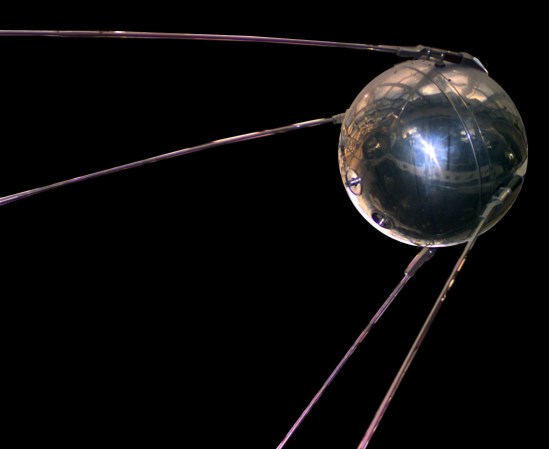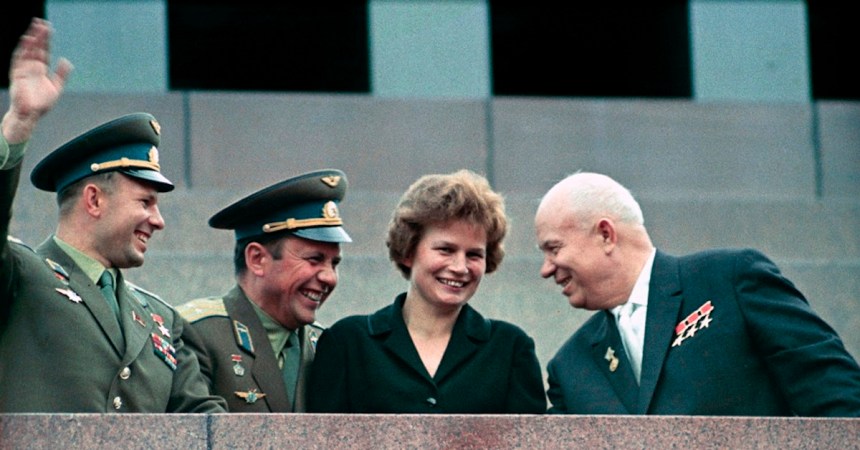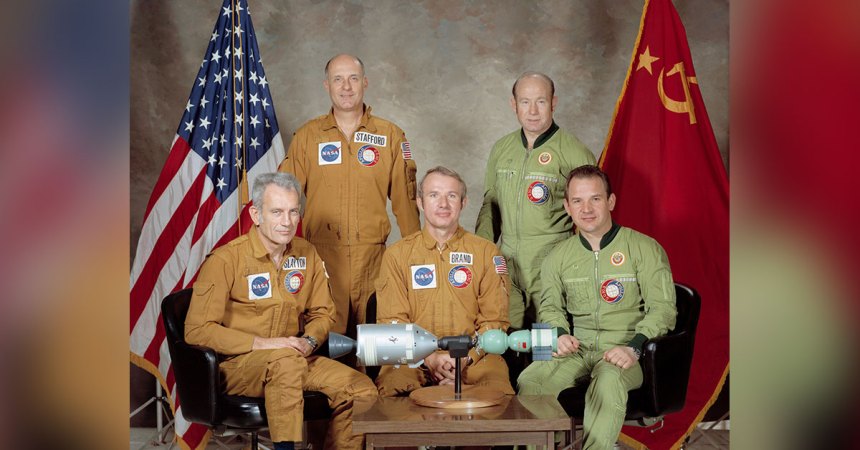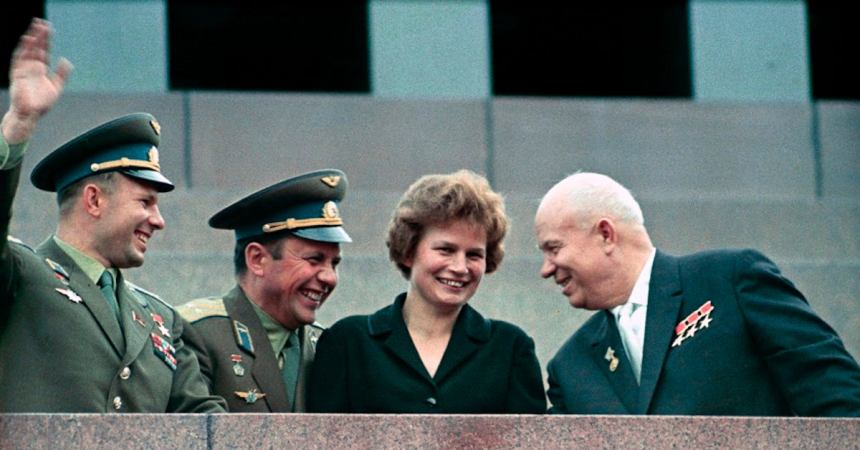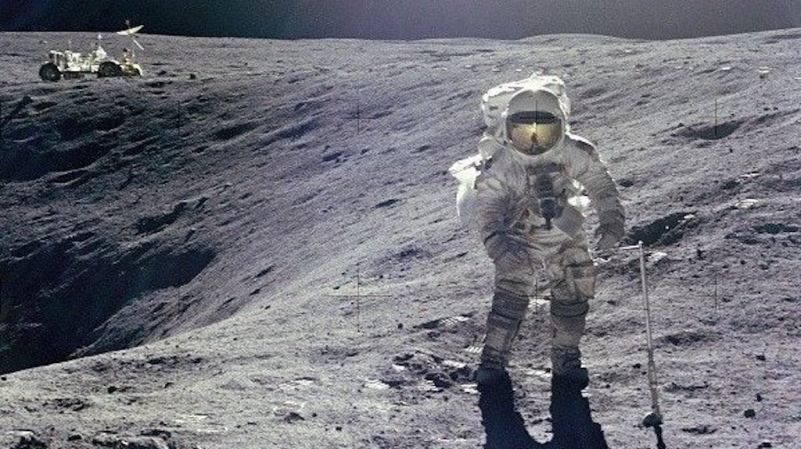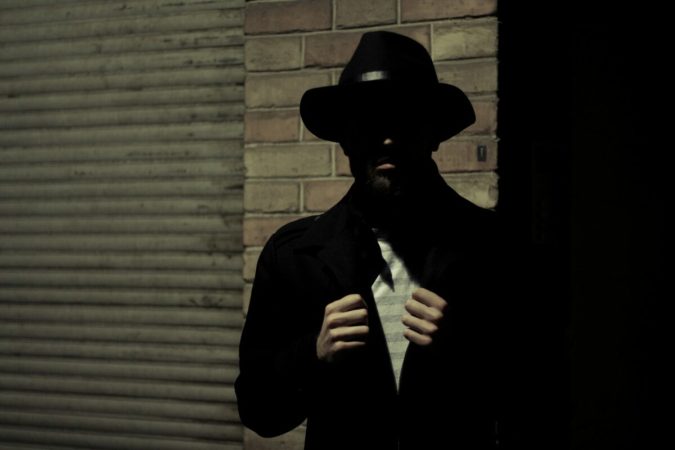Just before New Year’s Eve 1973, NASA’s mission control center in Houston lost contact with the crew of Skylab 4. For 90 minutes, no one on the ground knew anything about what was happening in Earth’s orbit. The three crew members had been in space longer than any other humans before them. The astronauts were all in orbit for the first time.
All NASA knew is that the rookie astronauts had a tremendous workload but roughly similar to that of previous Skylab missions. They didn’t know that the crew had announced a strike and had stopped working altogether.

Skylab 4 Commander Gerald P. Carr, floating in Skylab.
(NASA)
The Skylab crew had been up in space for six weeks, working a particularly rigorous schedule. Since the cost of a days work in space was estimated to be million or more, there was little time to lose. NASA didn’t see the problem, since previous crews had worked the same workloads. The crew of the latest – and last – Skylab mission, however, had been there with a rigorous schedule for longer than anyone before.
Skylab missions were designed to go beyond the quick trips into space that had marked previous NASA missions. The astronauts were now trying to live in space and research ways to prevent the afflictions that affected previous astronauts who spent extended time in weightless orbit. Medical and scientific experiments dominated the schedules, which amounted to a 24-hour workday. On top of that, there was the cosmic research and spacewalks required to maintain the station.

Skylab 4
(NASA)
NASA had purposely pushed the crew even harder than other missions when they fell behind, creating a stressful environment among the crew and animosity toward mission control. Mission control had become a dominating, stressful presence who only forced the crew to work excruciatingly long hours with little rest.
So after being fed up with having every hour of the stay in space scheduled, they decided to take a breather and cut contact with the ground. Some reports say they simply floated in the Skylab, watching the Earth from the windows. After the “mutiny” ended and communications were restored, the astronauts were allowed to complete their work on their own schedule, with less interference from below. They even got a reduced workload.
But none of the astronauts ever left the Earth again.










